Fabrication of Highly Conductive Silver-Coated Aluminum Microspheres Based on Poly(catechol/polyamine) Surface Modification
Abstract
:1. Introduction
2. Experimental Section
2.1. Materials
2.2. Preparation of PCPA Modified Aluminum Microspheres
2.3. Electroless Plating of Silver on the Surface of Al/PCPA
2.4. Preparation of Al/PCPA/Ag Filled Silicone Rubber
2.5. Characterizations
3. Results and Discussion
3.1. Surface Modification of Aluminum Microsphere with PCPA
3.2. Silver Electroless Plating on the Surface of Al/PCPA
3.3. Properties of Al/PCPA/Ag-Filled Silicone Rubber Composite
4. Conclusions
Author Contributions
Funding
Institutional Review Board Statement
Informed Consent Statement
Data Availability Statement
Conflicts of Interest
References
- Cao, X.G.; Ren, H.; Zhang, H.Y. Preparation and microwave shielding property of silver-coated carbonyl iron powder. J. Alloys Compd. 2015, 631, 133–137. [Google Scholar] [CrossRef]
- Liang, C.; Gu, Z.; Zhang, Y.; Ma, Z.; Qiu, H.; Gu, J. Structural design strategies of polymer matrix composites for electromagnetic interference shielding: A review. Nano-Micro Lett. 2021, 13, 181. [Google Scholar] [CrossRef] [PubMed]
- Ho, L.-N.; Nishikawa, H.; Natsume, N.; Takemoto, T.; Miyake, K.; Fujita, M.; Ota, K. Effects of Trace Elements in Copper Fillers on the Electrical Properties of Conductive Adhesives. J. Electron. Mater. 2009, 39, 115–123. [Google Scholar] [CrossRef]
- Shen, B.; Li, Y.; Yi, D.; Zhai, W.; Wei, X.; Zheng, W. Strong flexible polymer/graphene composite films with 3D saw-tooth folding for enhanced and tunable electromagnetic shielding. Carbon 2017, 113, 55–62. [Google Scholar] [CrossRef]
- Gupta, T.K.; Singh, B.P.; Mathur, R.B.; Dhakate, S.R. Multi-walled carbon nanotube–graphene–polyaniline multiphase nanocomposite with superior electromagnetic shielding effectiveness. Nanoscale 2014, 6, 842–851. [Google Scholar] [CrossRef] [PubMed] [Green Version]
- Cao, X.G.; Zhang, H.Y. Investigation into conductivity of silver-coated cenosphere composites prepared by a modified electroless process. Appl. Surf. Sci. 2013, 264, 756–760. [Google Scholar] [CrossRef]
- Xiao, W.; Lei, Y.; Xia, Z.; Chen, X.; Han, Y.; Nie, J. Effect of silver plating time on the properties of conductive silicone rubber filled with silver-coated carbonyl nickel powder. J. Alloys Compd. 2017, 724, 24–28. [Google Scholar] [CrossRef]
- Hu, J.; Wu, S.; Cao, Q.; Zhang, W. Synthesis of core–shell structured alumina/Cu microspheres using activation by silver nanoparticles deposited on polydopamine-coated surfaces. RSC Adv. 2016, 6, 81767–81773. [Google Scholar] [CrossRef]
- Wang, W.; Zhang, A.; Liu, L.; Tian, M.; Zhang, L. Dopamine-Induced Surface Functionalization for the Preparation of Al–Ag Bimetallic Microspheres. J. Electrochem. Soc. 2011, 158, D228. [Google Scholar] [CrossRef]
- Ren, M.; Yu, H.L.; Zhu, L.N.; Li, H.Q.; Wang, H.D.; Xing, Z.G.; Xu, B.S. Microstructure, mechanical properties and tribological behaviors of TiAlN-Ag composite coatings by pulsed magnetron sputtering method. Surf. Coat. Technol. 2022, 436, 128286. [Google Scholar] [CrossRef]
- Ponja, S.D.; Sehmi, S.K.; Allan, E.; MacRobert, A.J.; Parkin, I.P.; Carmalt, C.J. Enhanced Bactericidal Activity of Silver Thin Films Deposited via Aerosol-Assisted Chemical Vapor Deposition. ACS Appl. Mater. Interfaces 2015, 7, 28616–28623. [Google Scholar] [CrossRef] [PubMed] [Green Version]
- Pishbin, F.; Mourino, V.; Gilchrist, J.B.; McComb, D.W.; Kreppel, S.; Salih, V.; Ryan, M.P.; Boccaccini, A.R. Single-step electrochemical deposition of antimicrobial orthopaedic coatings based on a bioactive glass/chitosan/nano-silver composite system. Acta Biomater. 2013, 9, 7469–7479. [Google Scholar] [CrossRef]
- Wang, Y.; Luo, S.; Ren, K.; Zhao, S.; Chen, Z.; Li, W.; Guan, J. Facile preparation of graphite particles fully coated with thin Ag shell layers for high performance conducting and electromagnetic shielding composite materials. J. Mater. Chem. C 2016, 4, 2566–2578. [Google Scholar] [CrossRef]
- Qun, W.; Li, Y.F.; Li, D.M.; Qu, Z.X. Electroless Silver Plating Process on Al-Ag Alloy Powder. Adv. Mater. Res. 2013, 800, 256–259. [Google Scholar] [CrossRef]
- Wang, Y.; Wen, J.; Zhao, S.; Chen, Z.; Ren, K.; Sun, J.; Guan, J. Surface Thiolation of Al Microspheres to Deposite Thin and Compact Ag Shells for High Conductivity. Langmuir 2015, 31, 13441–13451. [Google Scholar] [CrossRef]
- Lee, H.; Dellatore, S.M.; Miller, W.M.; Messersmith, P.B. Mussel-inspired surface chemistry for multifunctional coatings. Science 2007, 318, 426–430. [Google Scholar] [CrossRef] [Green Version]
- Dong, Y.; Wang, Z.; Huo, S.; Lin, J.; He, S. Improved Dielectric Breakdown Strength of Polyimide by Incorporating Polydopamine-Coated Graphitic Carbon Nitride. Polymers 2022, 14, 385. [Google Scholar] [CrossRef]
- Liu, X.; He, S.; Song, G.; Jia, H.; Shi, Z.; Liu, S.; Zhang, L.; Lin, J.; Nazarenko, S. Proton conductivity improvement of sulfonated poly(ether ether ketone) nanocomposite membranes with sulfonated halloysite nanotubes prepared via dopamine-initiated atom transfer radical polymerization. J. Membr. Sci. 2016, 504, 206–219. [Google Scholar] [CrossRef]
- Liu, Y.; Ai, K.; Lu, L. Polydopamine and its derivative materials: Synthesis and promising applications in energy, environmental, and biomedical fields. Chem. Rev. 2014, 114, 5057–5115. [Google Scholar] [CrossRef]
- Wang, L.; Zhang, B.; Li, X.; Wang, W.; Tian, M.; Fan, Z.; Zhang, L. Enhanced adhesion property of aramid fibers by polyphenol-metal iron complexation and silane grafting. J. Adhes. 2021, 97, 346–360. [Google Scholar] [CrossRef]
- Liao, Y.; Weng, Y.; Wang, J.; Zhou, H.; Lin, J.; He, S. Silicone Rubber Composites with High Breakdown Strength and Low Dielectric Loss Based on Polydopamine Coated Mica. Polymers 2019, 11, 2030. [Google Scholar] [CrossRef] [Green Version]
- Luo, C.; Li, J.; Chen, Z.; Lin, J.; Chen, L.; He, S. Improving the charge dissipating performance and breakdown strength of epoxy resin by incorporating polydopamine-coated barium titanate. Mater. Today Commun. 2022, 31, 103619. [Google Scholar] [CrossRef]
- He, S.; Dai, W.; Yang, W.; Liu, S.; Bian, X.; Zhang, C.; Lin, J. Nanocomposite proton exchange membranes based on phosphotungstic acid immobilized by polydopamine-coated halloysite nanotubes. Polym. Test. 2019, 73, 242–249. [Google Scholar] [CrossRef]
- Wang, W.; Jiang, Y.; Liao, Y.; Tian, M.; Zou, H.; Zhang, L. Fabrication of silver-coated silica microspheres through mussel-inspired surface functionalization. J. Colloid Interface Sci. 2011, 358, 567–574. [Google Scholar] [CrossRef] [PubMed]
- Wang, W.; Li, R.; Tian, M.; Liu, L.; Zou, H.; Zhao, X.; Zhang, L. Surface silverized meta-aramid fibers prepared by bio-inspired poly(dopamine) functionalization. ACS Appl. Mater. Interfaces 2013, 5, 2062–2069. [Google Scholar] [CrossRef] [PubMed]
- Wang, H.; Wu, J.; Cai, C.; Guo, J.; Fan, H.; Zhu, C.; Dong, H.; Zhao, N.; Xu, J. Mussel inspired modification of polypropylene separators by catechol/polyamine for Li-ion batteries. ACS Appl. Mater. Interfaces 2014, 6, 5602–5608. [Google Scholar] [CrossRef] [PubMed]
- Yang, J.K.; Kang, H.; Lee, H.; Jo, A.; Jeong, S.; Jeon, S.J.; Kim, H.I.; Lee, H.Y.; Jeong, D.H.; Kim, J.H.; et al. Single-step and rapid growth of silver nanoshells as SERS-active nanostructures for label-free detection of pesticides. ACS Appl. Mater. Interfaces 2014, 6, 12541–12549. [Google Scholar] [CrossRef] [PubMed]
- Wang, L.; Shi, Y.; Sa, R.; Ning, N.; Wang, W.; Tian, M.; Zhang, L. Surface Modification of Aramid Fibers by Catechol/Polyamine Codeposition Followed by Silane Grafting for Enhanced Interfacial Adhesion to Rubber Matrix. Ind. Eng. Chem. Res. 2016, 55, 12547–12556. [Google Scholar] [CrossRef]
- Qiu, W.-Z.; Wu, G.-P.; Xu, Z.-K. Robust Coatings via Catechol–Amine Codeposition: Mechanism, Kinetics, and Application. ACS Appl. Mater. Interfaces 2018, 10, 5902–5908. [Google Scholar] [CrossRef]
- Qiu, W.-Z.; Lv, Y.; Du, Y.; Yang, H.-C.; Xu, Z.-K. Composite nanofiltration membranes via the co-deposition and cross-linking of catechol/polyethylenimine. RSC Adv. 2016, 6, 34096–34102. [Google Scholar] [CrossRef]
- Sileika, T.S.; Barrett, D.G.; Zhang, R.; Lau, K.H.; Messersmith, P.B. Colorless multifunctional coatings inspired by polyphenols found in tea, chocolate, and wine. Angew Chem. Int. Ed. 2013, 52, 10766–10770. [Google Scholar] [CrossRef] [PubMed] [Green Version]
- Gorai, S.; Ganguli, D.; Chaudhuri, S. Synthesis of Copper Sulfides of Varying Morphologies and Stoichiometries Controlled by Chelating and Nonchelating Solvents in a Solvothermal Process. Cryst. Growth Des. 2005, 5, 875–877. [Google Scholar] [CrossRef]
- Janovský, I.; Knolle, W.; Naumov, S.; Williams, F. EPR Studies of Amine Radical Cations, Part 1: Thermal and Photoinduced Rearrangements of n-Alkylamine Radical Cations to their Distonic Forms in Low-Temperature Freon Matrices. Chem.-Eur. J. 2004, 10, 5524–5534. [Google Scholar] [CrossRef] [PubMed]
- Wang, Y.; Zheng, Y.; Huang, C.Z.; Xia, Y. Synthesis of Ag Nanocubes 18–32 nm in Edge Length: The Effects of Polyol on Reduction Kinetics, Size Control, and Reproducibility. J. Am. Chem. Soc. 2013, 135, 1941–1951. [Google Scholar] [CrossRef] [PubMed] [Green Version]



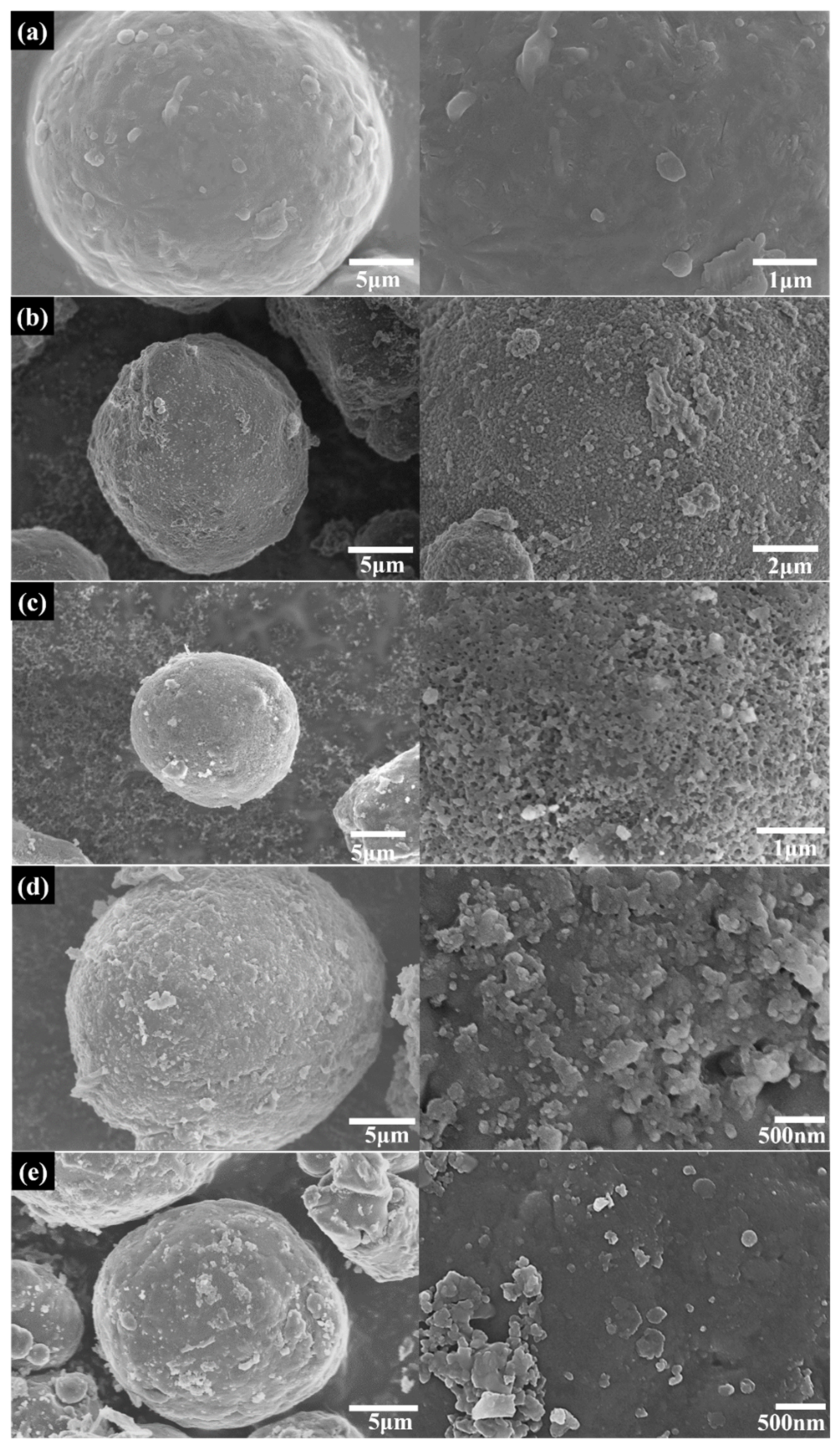
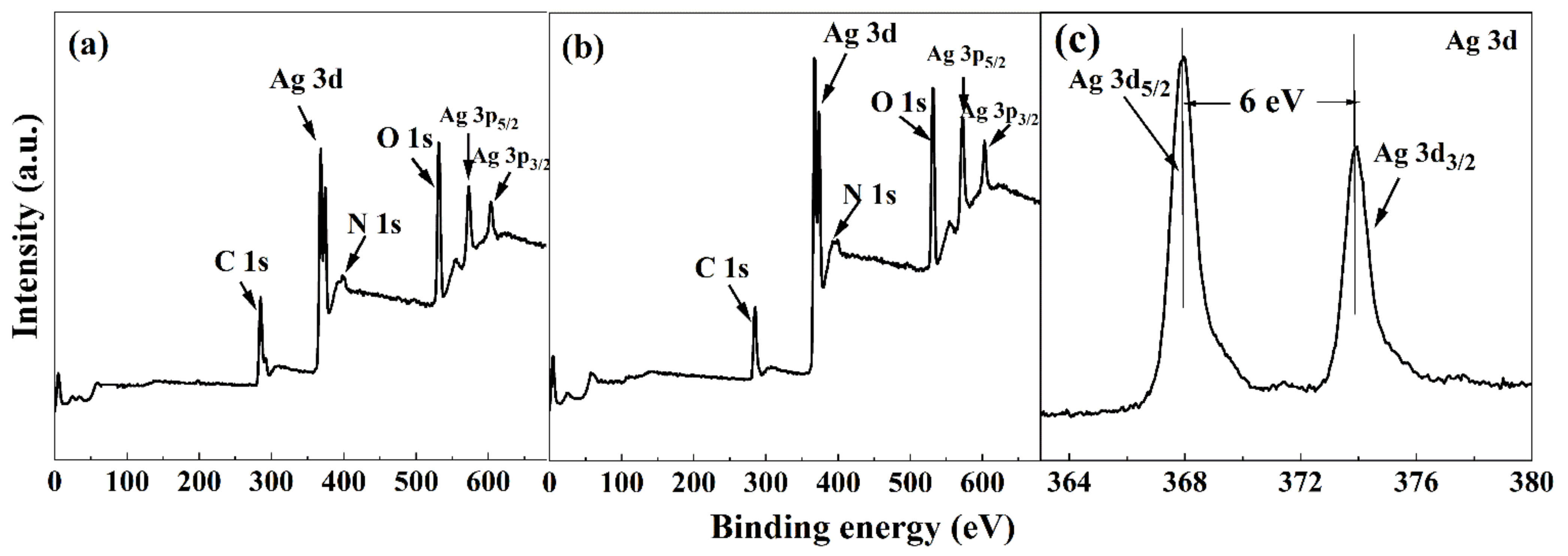
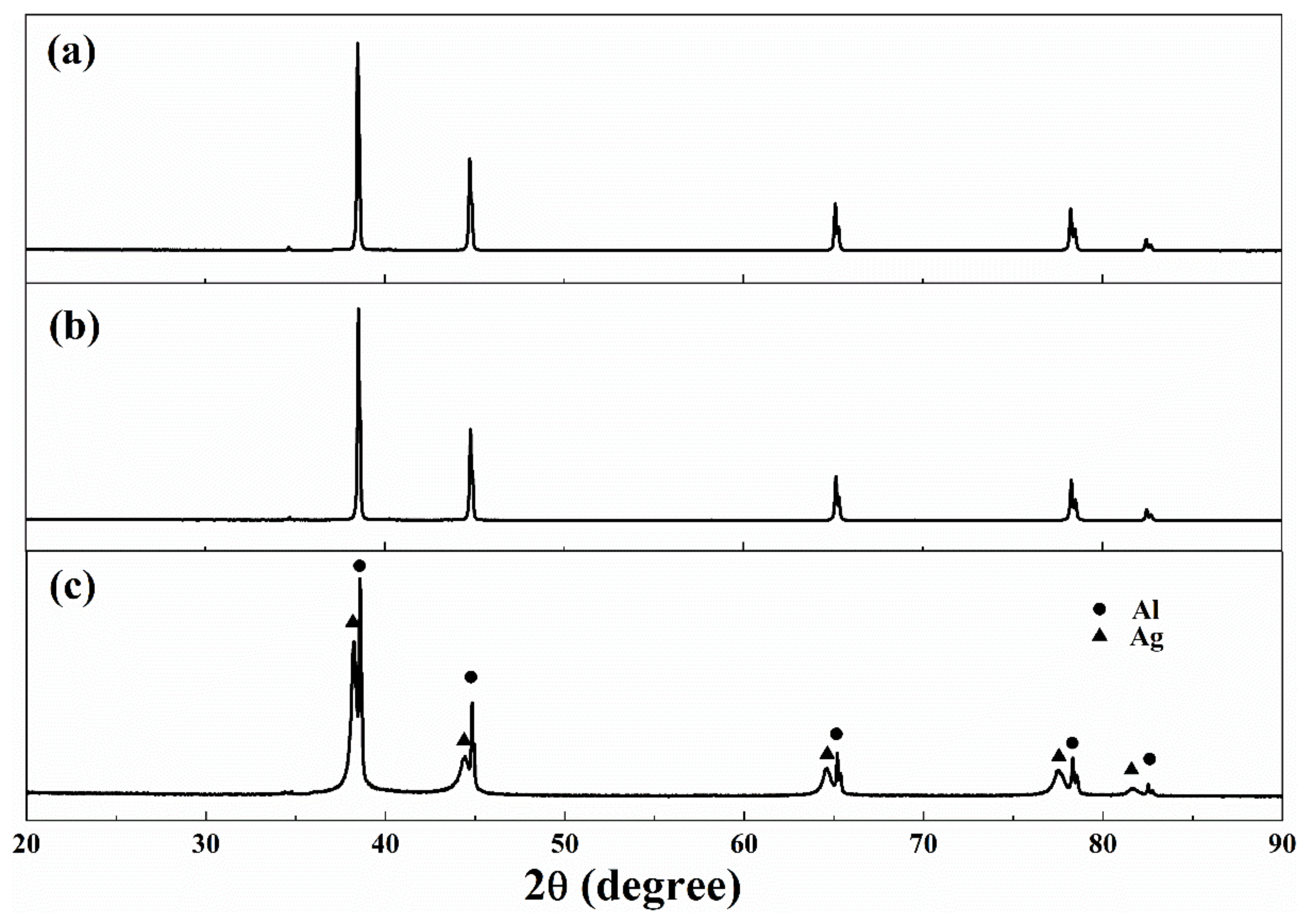
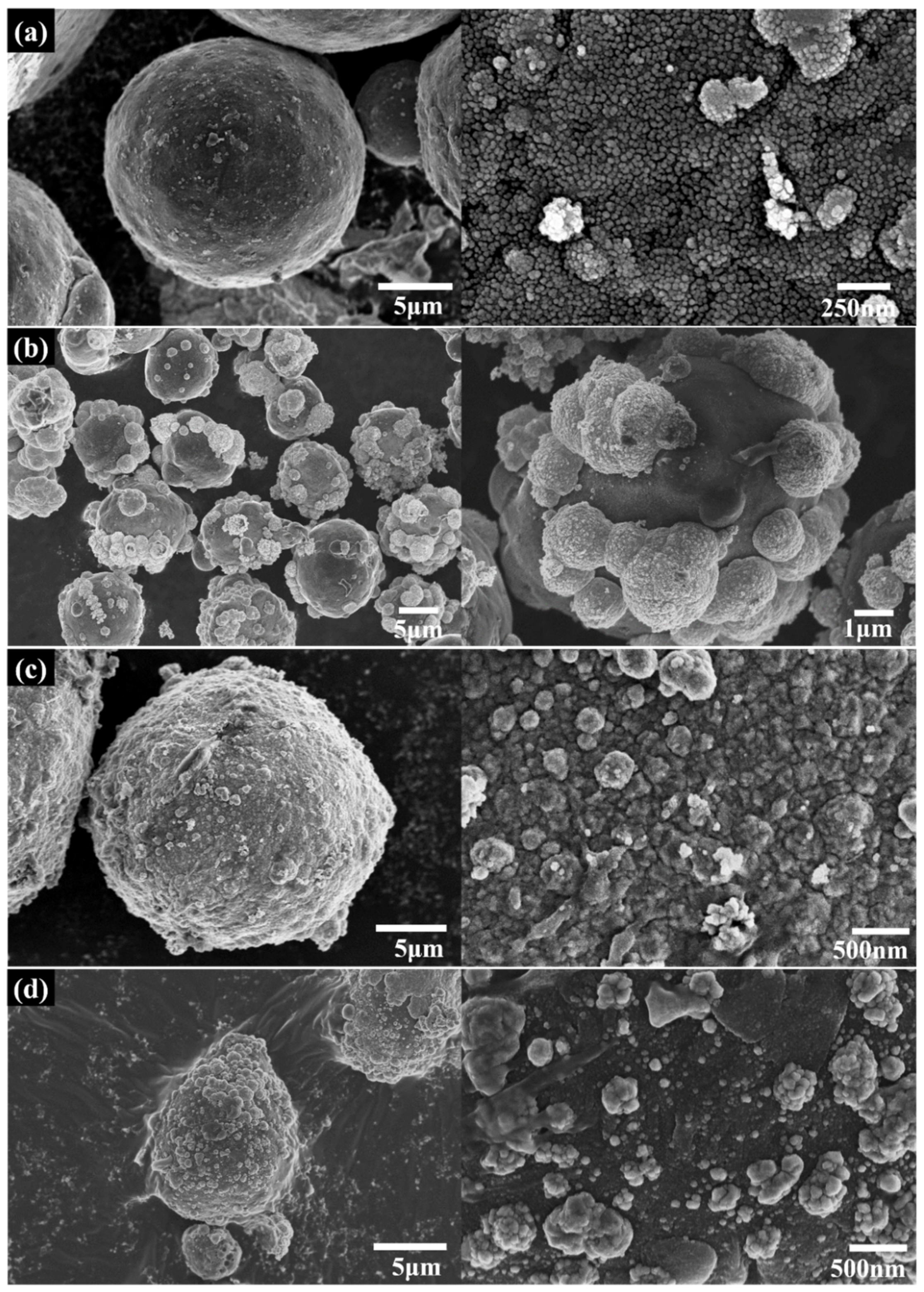
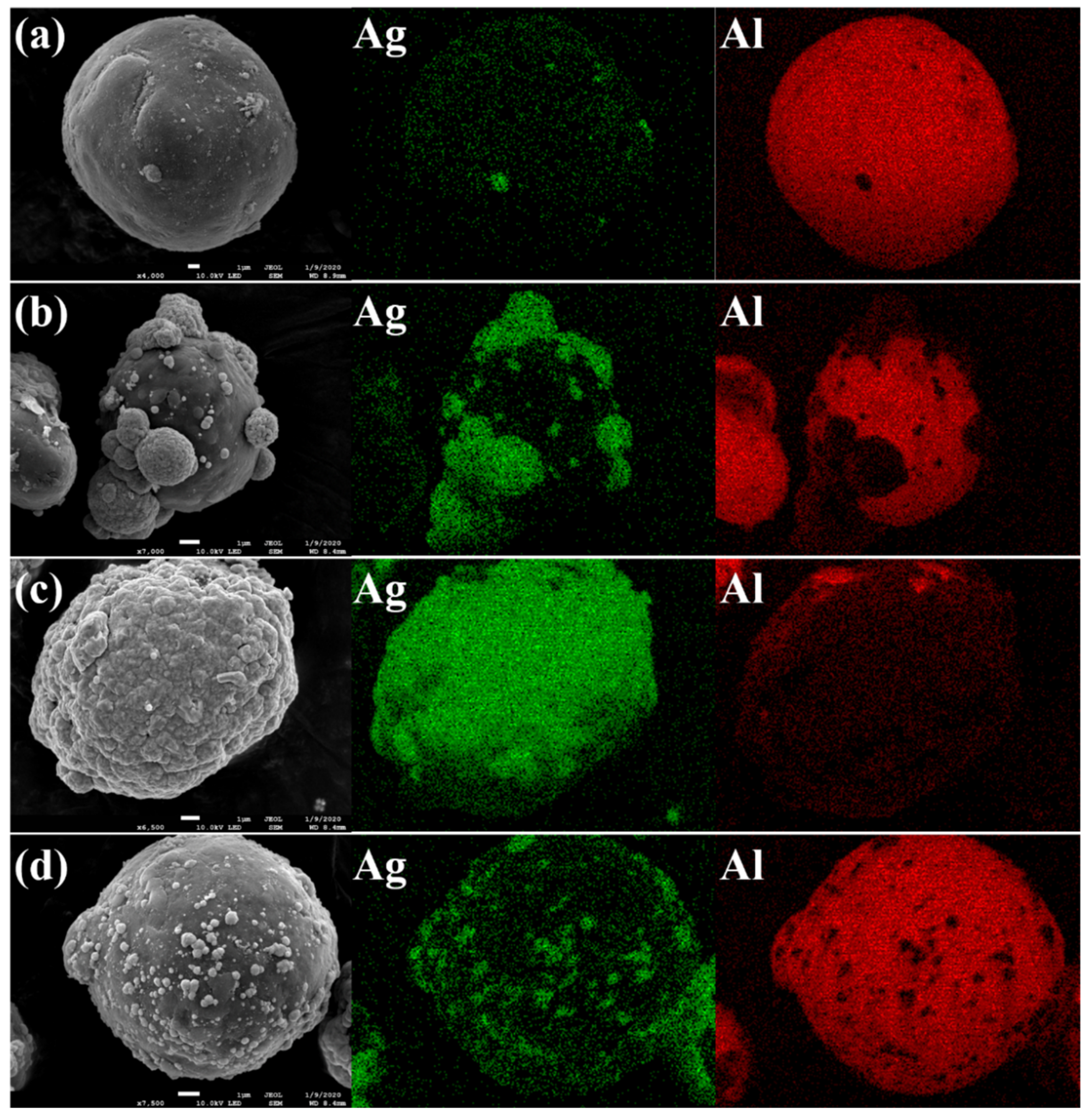
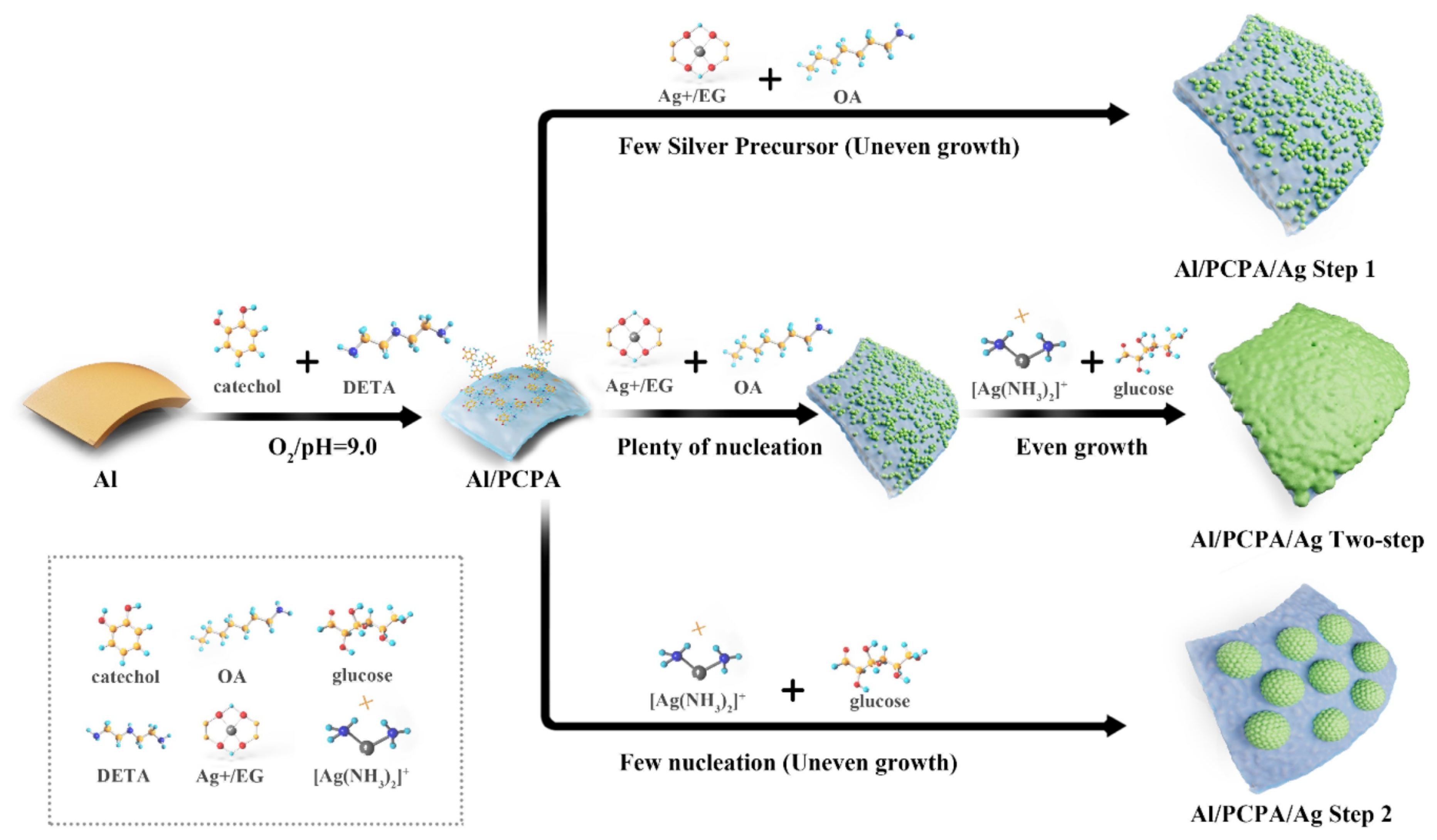
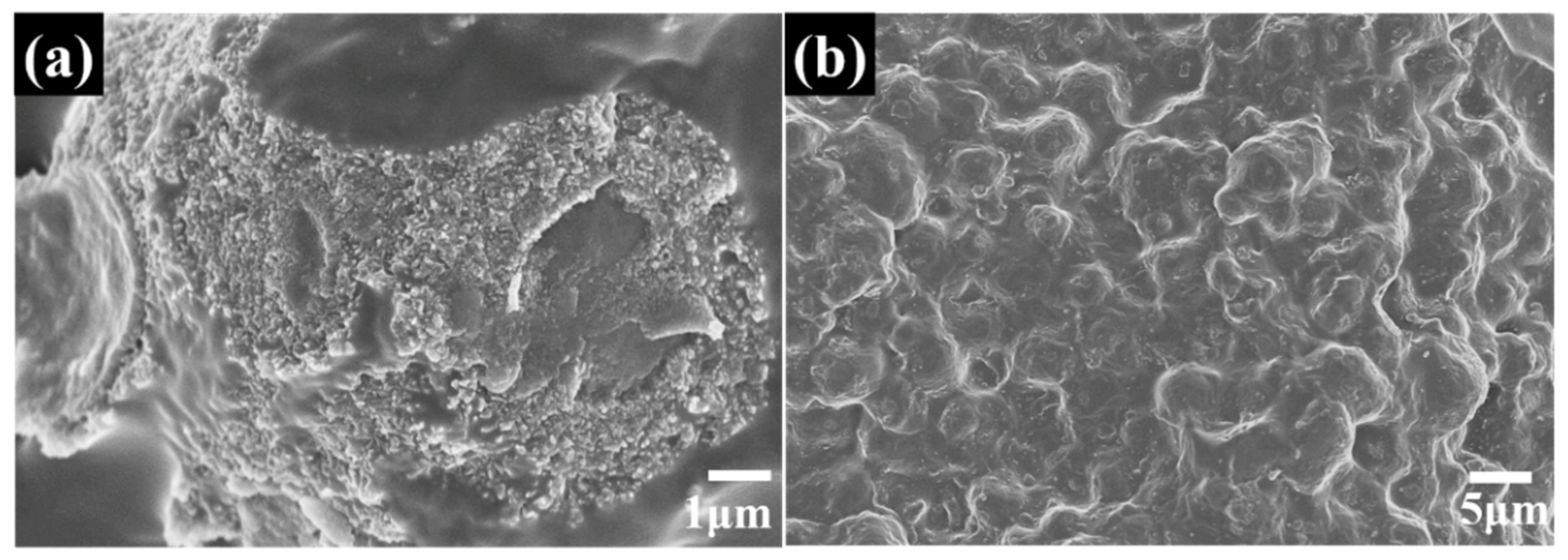
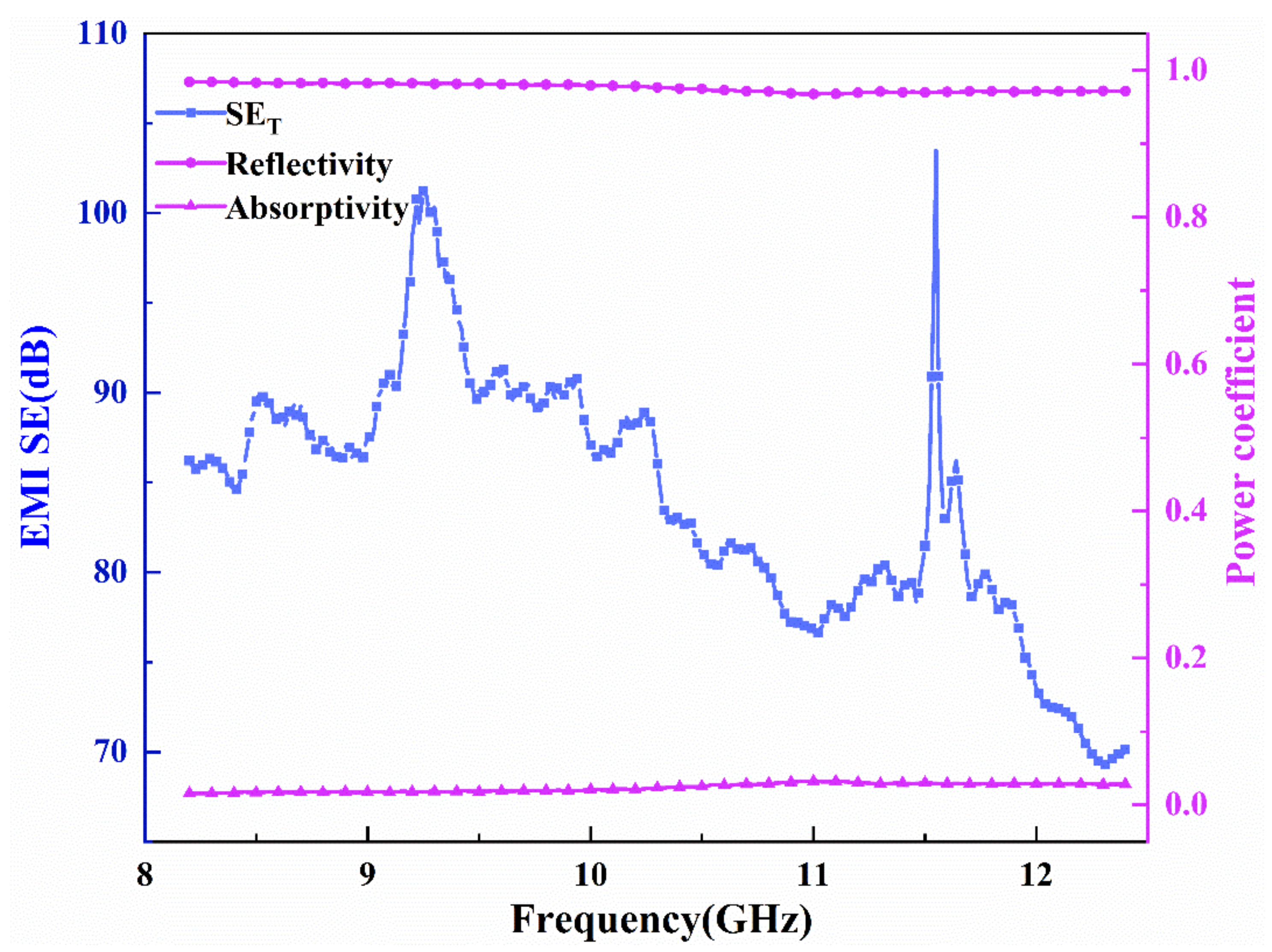
| Materials | Dosage (phr) |
|---|---|
| methyl vinyl silicone rubber (MVQ) | 100 |
| Al/PCPA/Ag | 250 |
| 2,5-Dimethyl-2,5-di(tert-butylperoxy)hexane | 2 |
| Sample | Element (Atomic%) | |||
|---|---|---|---|---|
| C1s | O1s | Al2p | N1s | |
| pristine Al | 30.80 | 46.73 | 22.47 | - |
| Al/PCPA | 57.36 | 36.83 | 1.41 | 4.40 |
| Sample | Carbon Functionalities (%) | |||
|---|---|---|---|---|
| C-C & C-H | C=O & C=N | C-O | C-N | |
| pristine Al | 86.6 | 13.4 | - | - |
| Al/PCPA | 67.6 | 6.9 | 8.3 | 17.2 |
| Sample | Al/PCPA/Ag-Step 1 | Al/PCPA/Ag-Step 2 | Al/PCPA/Ag-Two-Step | Al/Ag-Two-Step |
|---|---|---|---|---|
| Electrical conductivity(S/cm) | 26 | 55 | 10,000 | 33 |
Publisher’s Note: MDPI stays neutral with regard to jurisdictional claims in published maps and institutional affiliations. |
© 2022 by the authors. Licensee MDPI, Basel, Switzerland. This article is an open access article distributed under the terms and conditions of the Creative Commons Attribution (CC BY) license (https://creativecommons.org/licenses/by/4.0/).
Share and Cite
Hao, M.; Li, L.; Shao, X.; Tian, M.; Zou, H.; Zhang, L.; Wang, W. Fabrication of Highly Conductive Silver-Coated Aluminum Microspheres Based on Poly(catechol/polyamine) Surface Modification. Polymers 2022, 14, 2727. https://doi.org/10.3390/polym14132727
Hao M, Li L, Shao X, Tian M, Zou H, Zhang L, Wang W. Fabrication of Highly Conductive Silver-Coated Aluminum Microspheres Based on Poly(catechol/polyamine) Surface Modification. Polymers. 2022; 14(13):2727. https://doi.org/10.3390/polym14132727
Chicago/Turabian StyleHao, Mingzheng, Lei Li, Xiaoming Shao, Ming Tian, Hua Zou, Liqun Zhang, and Wencai Wang. 2022. "Fabrication of Highly Conductive Silver-Coated Aluminum Microspheres Based on Poly(catechol/polyamine) Surface Modification" Polymers 14, no. 13: 2727. https://doi.org/10.3390/polym14132727





